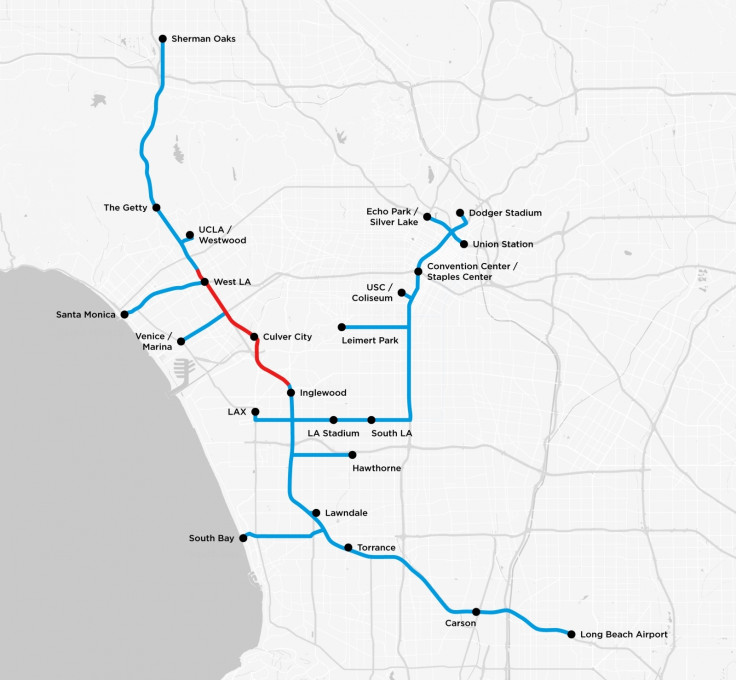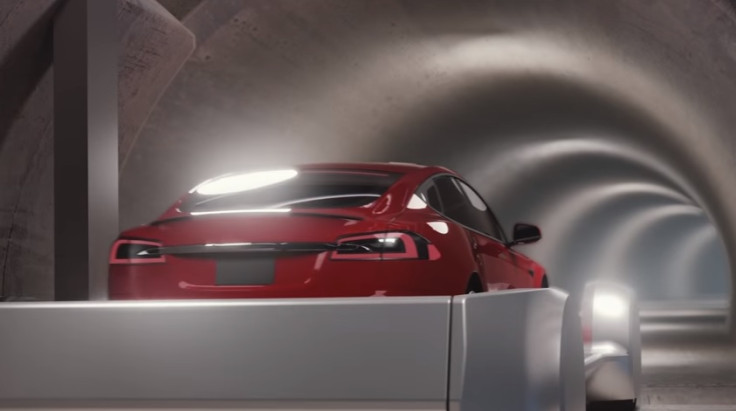Elon Musk just released a map of the Boring tunnels that may transform LA's underground
The Boring Company says its tunnels could carry cars on electric skates at over 200 kmph.
Elon Musk has revealed a map of the tunnel system that the Boring Company plans to build in Los Angeles. The map shows a network of tunnels covering localities in the city, stretching from Sherman Oaks to Long Beach airport.
Musk reportedly began the project after dealing with LA's congested roads when he realised that the only way to solve this problem is to make roads "go 3D".
The underground tunnels would allow cars to travel at up to 200 kmph on electric skates, potentially easing up traffic above. According to the company's website, extra layers can be added to the network to accommodate more vehicles.
In the future, these tunnels could also be repurposed as Hyperloop tunnels – another Musk pet project where high speed trains, travelling in near vacuum could reach speeds of over 1,100 kmh.
The city of LA has given Musk permit to bore a 10km, proof-of-concept tunnel. If found feasible, the city might go on to approve a larger network of these tunnels, notes a report in Science Alert website.
Red segment on the map is the proof-of-concept tunnel for which the company has filed an excavation permit. Blue markings are the regions that TBC wants to cover in future.

Phase 1 of the project is shown in red and will go from LA to Culver City. This tunnel will be where the company does its systems testing, safety testing, and also demonstrate line-switching, notes TBC. Also, phase 1 tunnel will not be open for the public to use until city officials and TBC find that the results are "deemed successful".
Blue tunnels are phase 2 of this operation. Expansion of the project will be done in collaboration with the LA County, city officials from both LA and the greater Los Angeles area, and the general public, notes the company.
TBC says it is looking forward to engaging with local residents of the greater LA region on setting up of stations, their locations, and other system improvement for phase 2.






















